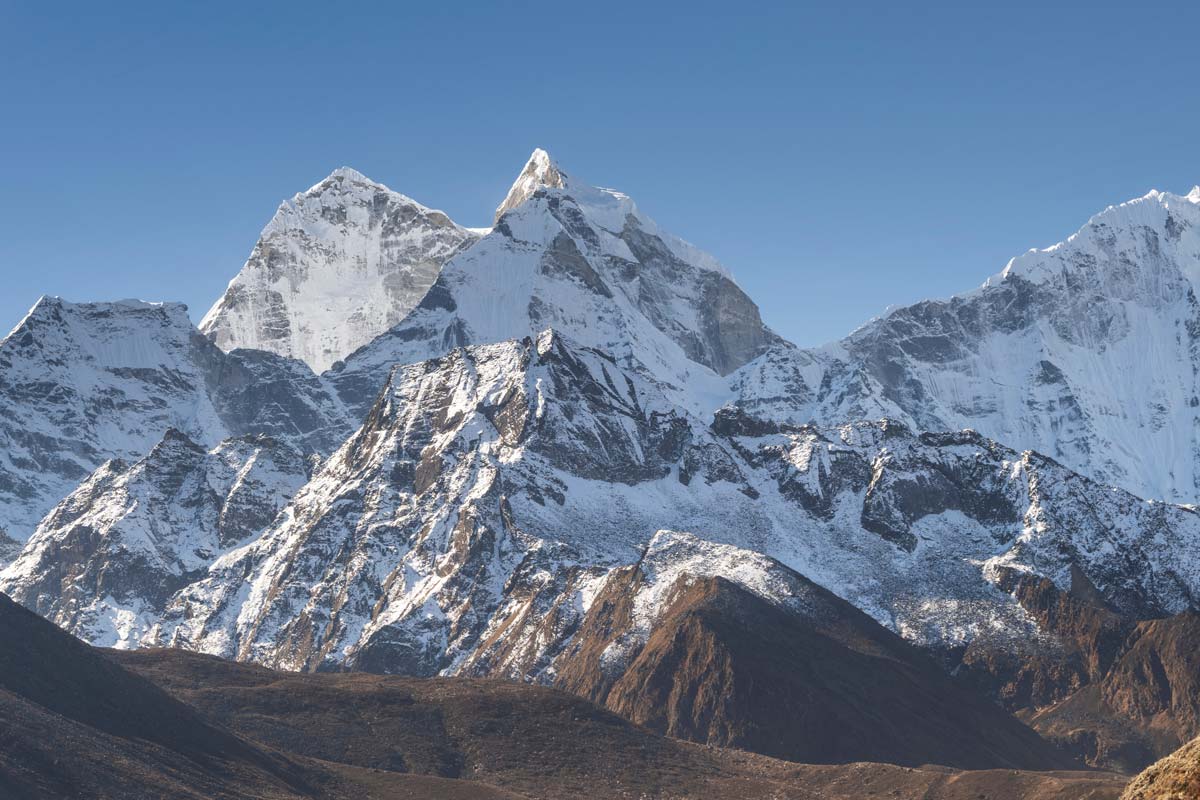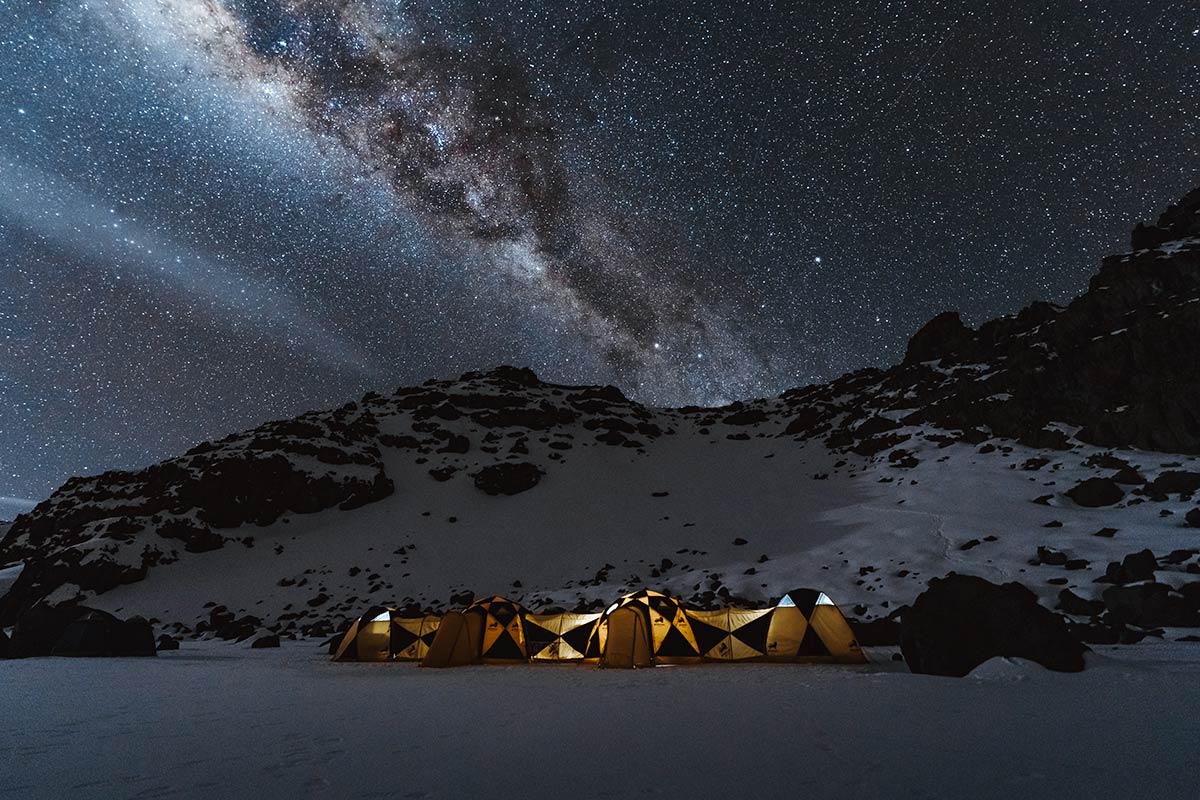The UIAA is saddened by the tragic death of Roger Payne, former general secretary of the British Mountaineering Council (BMC), who was killed in an avalanche 12 July 2102 on Mont Maudit in the Chamonix region of France along with eight other climbers.
“It’s very sad news and on behalf of the mountaineering community, our sincerest condolences to his family and BMC friends,” said Jordi Colomer, acting president of the UIAA.
Robert Pettigrew, former president of the BMC and immediate past president of the UIAA Access and Conservation Commission said Payne “was an esteemed exploratory mountaineer particularly in Nepal and Bhutan Himalaya where he made a number of outstanding first ascents.”
“He was also a gifted administrator in his roles at the BMC and the UIAA,” said Pettigrew, a life-long friend of Payne.
Pettigrew described Payne, 55, as an imaginative and innovative director responsible for a wide range of initiatives particularly the National Mountaineering Museum at Rheged and the Mountain Heritage Trust.
Anne Arran, president of the UIAA Youth Commission said Payne left a lasting legacy in the climbing world and his enthusiasm drew people together to support projects he found interesting whether they be Youth, Access, Training or others.
“The title “UIAA Global Youth Summit” was of his making as was the BMC’s Summit magazine and several other initiatives,” said Arran. “He wore multiple “hats” of climber, bureaucrat and innovator.”
Payne held a number of positions in the BMC including general secretary and was also a former Sports and Development director at the UIAA where he was an active member and involved in a wide range of initiatives.
Payne took his talents to the UIAA under the presidency of Ian McNaught-Davis (1995-2004) where he become development director and chief lieutenant to Alan Blackshaw, the iconic mountaineer and diplomat who succeeded McNaught-Davis.
At the UIAA, Payne was an architect of the UIAA development plan and an advocate for greater UIAA involvement in India and China. He was also actively involved in helping ski mountaineering and ice climbing competitions become a part of UIAA.
Other areas at the UIAA where Payne left his mark included an agreement on an international scale for avalanche hazards, model instructor training standards and the application for ski mountaineering to be considered for the winter Olympic Games.
Payne’s work as an executive and development director included working for various national and international organizations. He started out in outdoor education, personal development training and school teaching and went on to become a mountain guide and consultant.
He took great pleasure and pride in being able to combine his development work and his passion for climbing with projects such as the one helping remote mountain village get access to access to micro-hydroelectricity.
Payne worked with the Aga Khan Rural Support Programme (AKRSP), the United Nations Environment Programme (UNEP), the World Conservation Union (IUCN) and the World Commission for Protected Areas (IUCN-WCPA) and his projects included increasing benefits to local communities from tourism, raising awareness about the impact of climate change in the Himalaya and promoting mountain peace parks and end to the Siachen Glacier conflict on the border of India and Pakistan.
A detailed list of Payne’s climbing and skiing accomplishments and his professional work can be found on his personal website.
The BMC has posted a tribute to Payne by Ed Douglas here.
Colleague and friend Doug read this appreciation during a celebration of the life of Payne’s life at an event in London, England on 28 July 2012.
Payne is survived by his wife Julie-Ann Clyma and mother Nellie.


